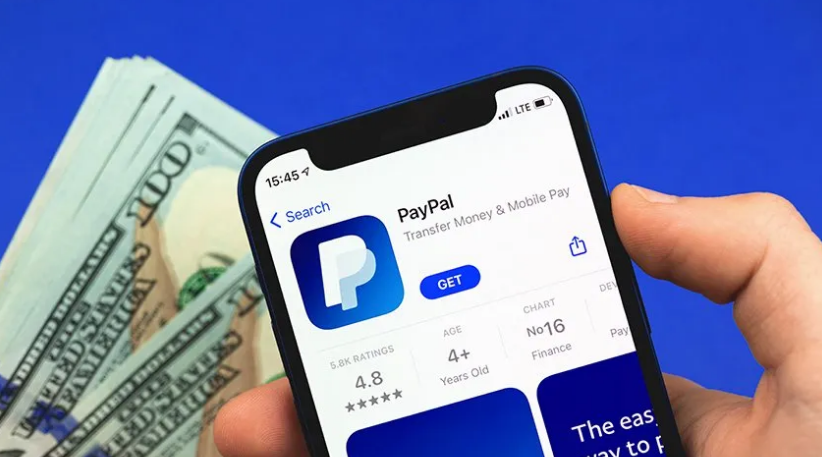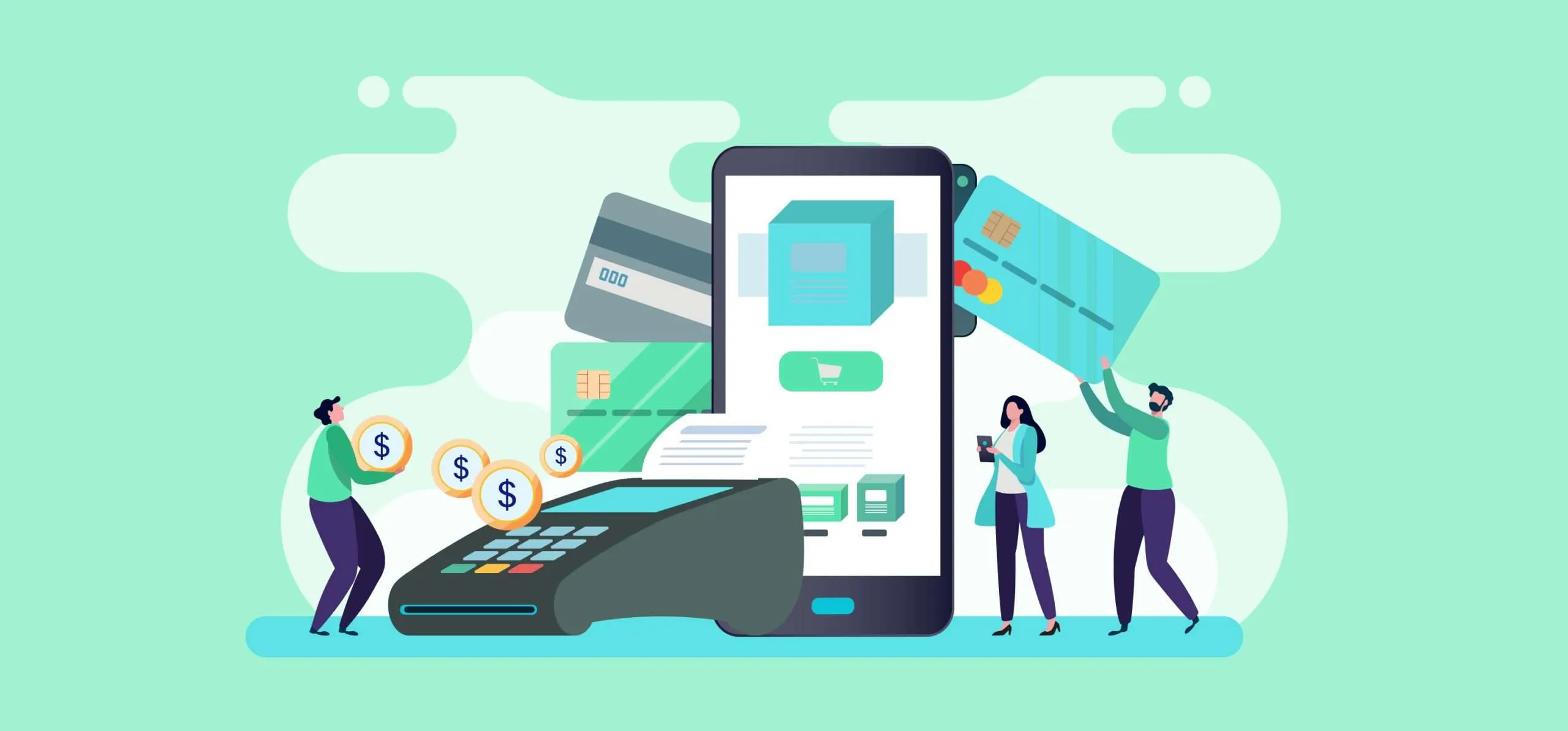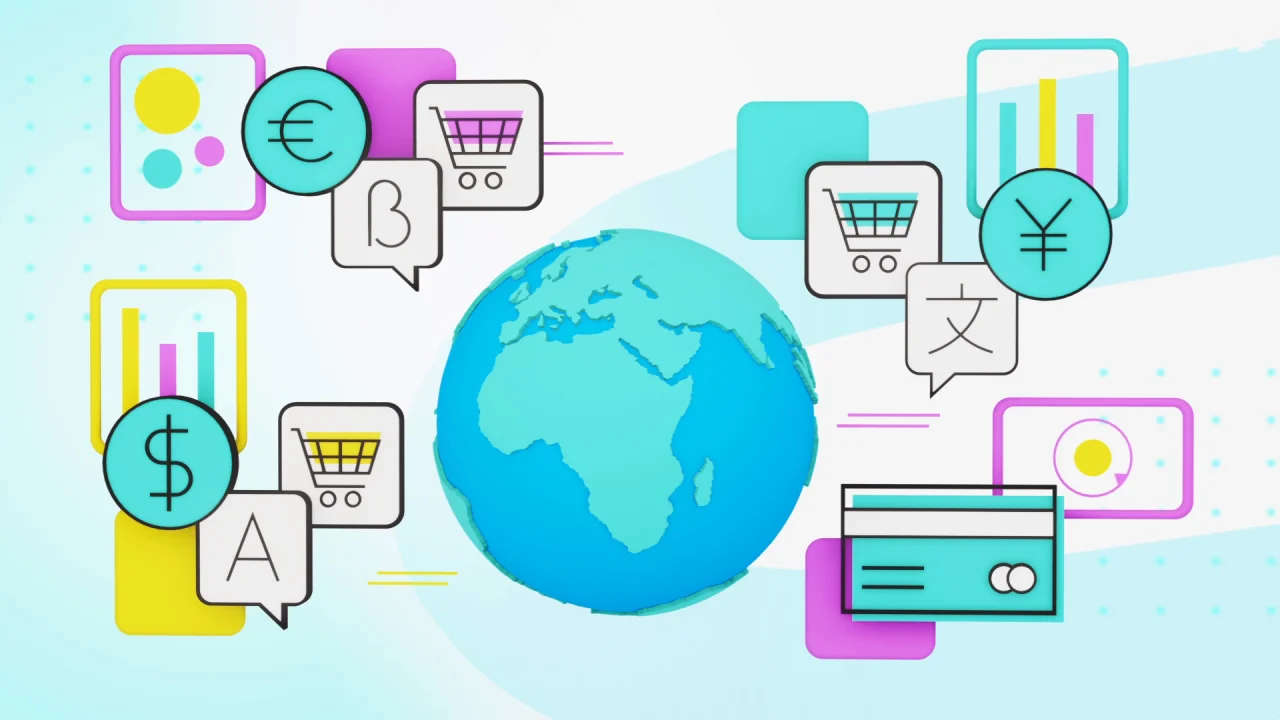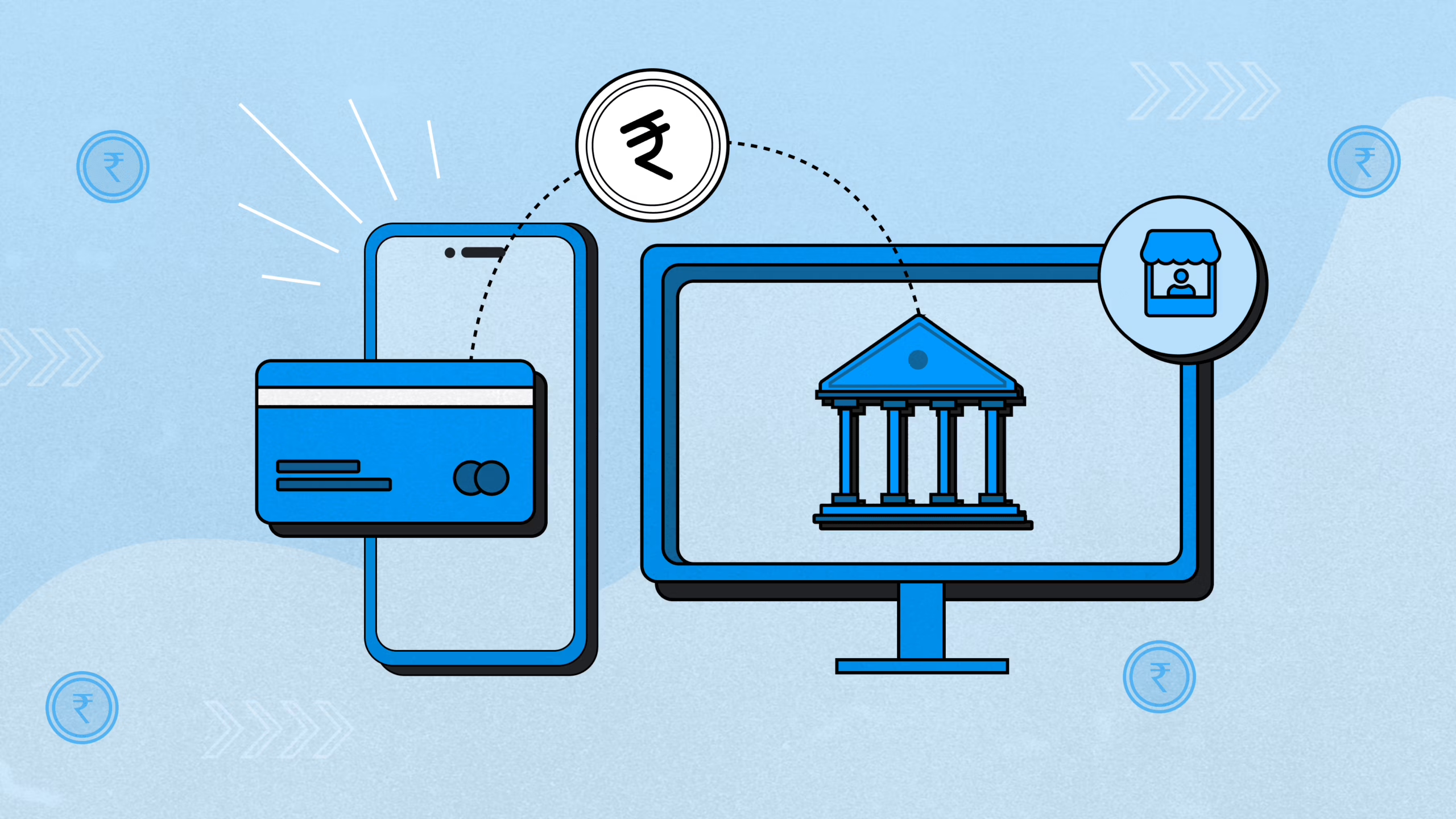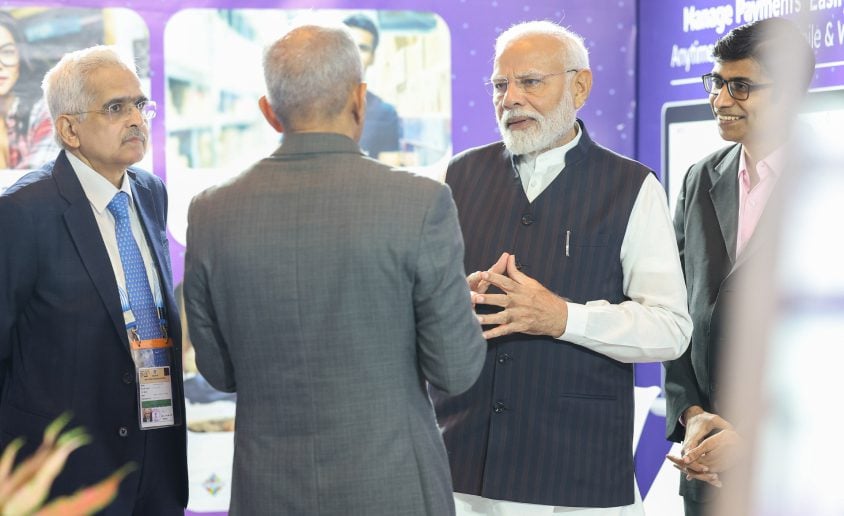For countless Indian freelancers, service providers, and exporters, PayPal is a vital gateway to the global market. You’ve delivered the work, sent the invoice, and received a notification that you’ve been paid. But when you check your account, the funds are marked “On Hold.” It’s a frustrating and often stressful experience that can disrupt your cash flow and create uncertainty.
If you’re facing this issue, you’re not alone. A payment hold is one of the most common experiences for PayPal users in India. The reasons are a mix of PayPal’s global security protocols designed to protect both buyers and sellers, and the unique, stringent regulatory landscape governed by the Reserve Bank of India (RBI).
This detailed blog will walk you through exactly why your payments are being held, the specific context for India in 2025, and the concrete steps you can take to get your money released faster.
The India Context: Why PayPal Operates Differently Here
First, it’s crucial to understand that PayPal India is not just a digital wallet. Due to RBI regulations, it functions strictly as a cross-border payment platform. Here’s what that means for you:
- No Domestic Payments: You cannot use PayPal to send or receive money within India. It is exclusively for receiving international payments for goods and services (exports).
- No Holding Balance: Unlike in other countries, you cannot maintain a balance in your PayPal account. All funds received are automatically withdrawn to your linked Indian bank account within 24 hours of being released.
- Mandatory Compliance: Every transaction requires a specific purpose code to identify the nature of the export, and all users must have a fully verified account with a linked bank account and PAN card.
In May 2025, PayPal received in-principle approval from the RBI to operate as a Payment Aggregator Cross Border Exports (PA-CB-E). This solidifies its regulated status and means it is under direct RBI oversight to ensure every transaction is secure and compliant. This added responsibility is a primary reason PayPal is extra cautious, often using holds as a tool to verify transactions thoroughly.
Top 5 Reasons Your PayPal Payment is on Hold
A payment hold is essentially PayPal pausing a transaction for review. Here are the most common triggers for Indian users:
1. You Are a New or Infrequent Seller
This is the single most common reason for a payment hold.
- Why it happens: If your account is new or has been inactive for a while, you haven’t yet built a track record of successful transactions. PayPal doesn’t know you yet. To protect buyers from potential scams (where a new seller takes money and never delivers), PayPal holds your initial payments for up to 21 days. This acts as a safety period to ensure the transaction is completed successfully.
- What to do:
- Be patient: This is a standard trust-building phase. After a few successful transactions without any disputes, holds will become less frequent.
- Follow the steps below: You can significantly shorten the 21-day hold by providing more information about the transaction.
2. The Transaction is Deemed High-Risk
PayPal’s algorithm analyzes every payment for risk factors.
- Why it happens: Your payment might be flagged if you are selling items in a category that historically has a higher rate of fraud or disputes. This includes:
- Digital goods (e-books, software, game credits)
- Services that are hard to track (consulting, online lessons)
- High-demand electronics
- Event tickets or gift cards
- What to do: Providing clear proof of service delivery is key. For services or digital items, updating the order status is the most effective action.
3. There is an Unusual Change in Your Selling Pattern
Consistency is important to PayPal’s security system.
- Why it happens: The algorithm looks for patterns. A sudden deviation can trigger a hold. Examples include:
- A sudden, sharp increase in your sales volume.
- Receiving a payment that is significantly larger than your average transaction.
- A sudden change in the type of product or service you are selling.
- What to do: Be prepared to provide documentation if requested. For a large, legitimate payment, having a corresponding invoice or contract ready can help resolve the hold if you need to contact customer service.
4. A Buyer Has Filed a Dispute, Claim, or Chargeback
This is a direct action initiated by your customer.
- Why it happens: If a buyer is unhappy with a purchase, they can file a dispute through PayPal’s Resolution Center for issues like “Item Not Received” or “Significantly Not as Described.” When a dispute is filed, PayPal immediately puts the payment for that specific transaction on hold until the case is resolved. A chargeback is similar but is filed by the buyer directly with their credit card company.
- What to do:
- Respond Immediately: Go to the Resolution Center in your PayPal account.
- Provide Evidence: Upload all relevant proof, such as shipping tracking numbers, proof of service delivery (e.g., project files, completion reports), and communication records with the buyer.
- Communicate Professionally: Always try to resolve the issue amicably with the buyer first. Prompt and clear communication can often prevent a dispute from being filed in the first place.
5. Your Account Has Verification or Compliance Issues
Your account must be in good standing to receive payments smoothly.
- Why it happens: A hold may be placed if:
- Your account is not fully verified (email, PAN card, and bank account).
- You have not provided the mandatory purpose code for the transaction.
- The name on your PayPal account does not exactly match the name on your linked bank account, which can cause issues during the auto-withdrawal process.
- What to do: Double-check your account settings. Ensure your name and bank details are correct and that all verification steps are complete.
Step-by-Step: How to Get Your Money Released Faster
While the standard hold period is 21 days, you can often release your funds much sooner by taking proactive steps.
- Identify the Reason: Go to your Activity page on PayPal. Find the transaction in question, and there should be a note explaining why the payment is on hold.
- Provide Transaction Information (The Most Important Step):
- Click on the held transaction and look for an option like “Get your money sooner.”
- If you sold a physical product: Select “Product” and add the tracking information. Use a shipping carrier approved by PayPal. The hold is typically released approximately 24 hours after the courier confirms delivery.
- If you provided a service or digital good: Select “Service or virtual product” and update the order status to “Completed” or “Order Processed.” The funds are then typically released within 7 days.
- Ask the Buyer to “Confirm Receipt”:
- Approximately 48 hours after you have updated the order status, your buyer may see a “Confirm Receipt” button in their transaction details.
- If they click this, it tells PayPal the transaction was successful, and your funds are often released almost immediately. Note: This option is not always available to the buyer.
How to Prevent Future Holds
The best way to deal with payment holds is to avoid them.
- Verify Your Account Completely: Ensure your email, PAN, and bank account are fully verified from day one.
- Communicate Clearly with Buyers: Set clear expectations, provide regular updates, and be responsive to questions. This minimizes the risk of disputes.
- Ship Promptly and Use Tracking: For physical goods, always ship as soon as possible and use a reliable courier with tracking.
- Be Detailed in Your Invoices: Clearly describe the goods or services provided in your PayPal invoices to avoid any “Not as Described” claims.
- Build Your Sales History: As you complete more transactions successfully over 2-3 months, you will establish yourself as a trusted seller, and holds will become rare.
While a PayPal payment hold is an inconvenience, it is a manageable part of doing business internationally. By understanding the specific rules for India and proactively providing the information PayPal needs, you can navigate the system efficiently and ensure you get access to your hard-earned money as quickly as possible.
Tired of Payment Holds?
BRISKPE offers a powerful alternative, designed specifically for the needs of Indian freelancers and exporters.
With BRISKPE, get faster settlements, no surprise holds, and transparent fees. Plus, with automated e-FIRA generation for easy compliance and dedicated customer support, you can streamline your finances and focus on what you do best—growing your business.
Ready to leave payment holds behind, it’s time to explore BRISKPE.

